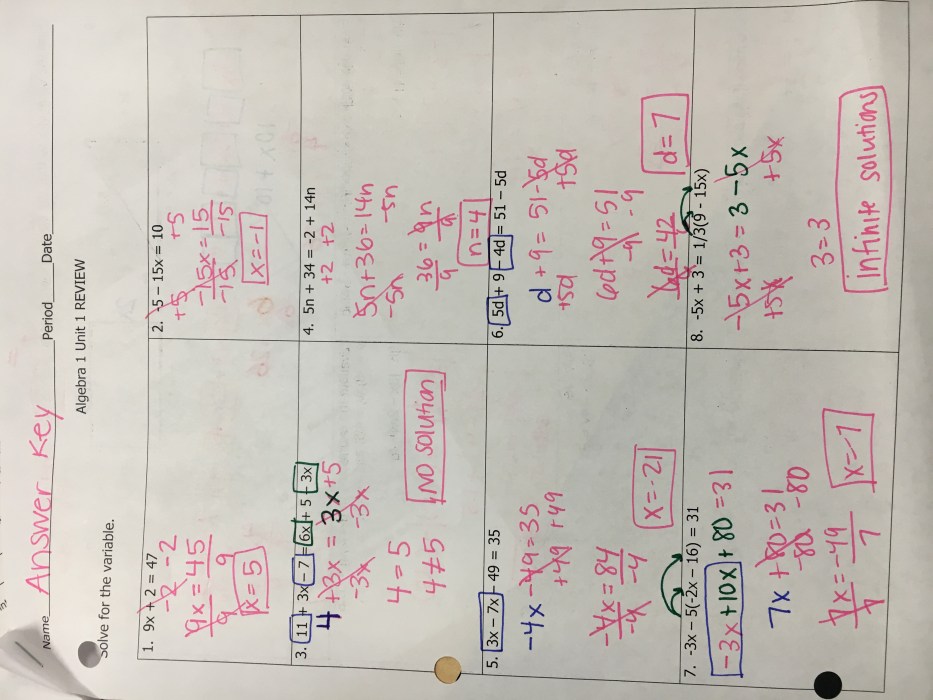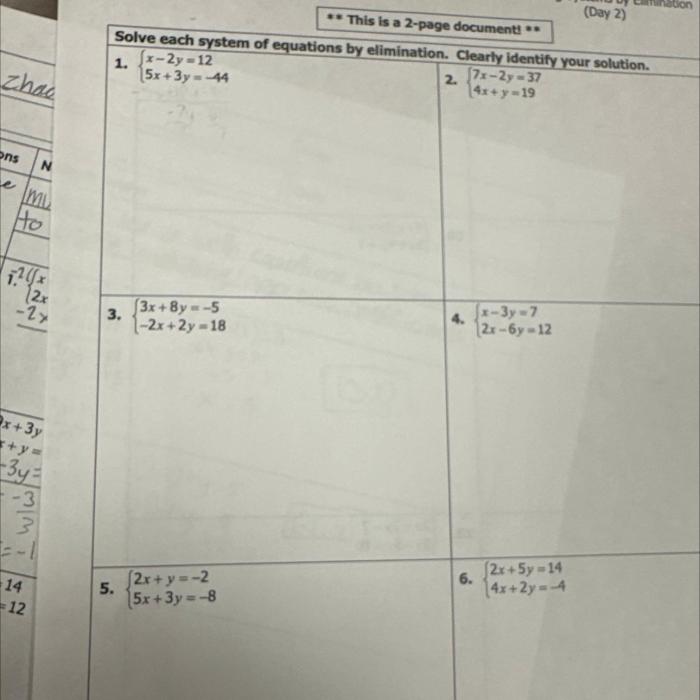Unit 1 equations and inequalities homework 6 absolute value inequalities – Embark on a mathematical adventure with Unit 1 Equations and Inequalities Homework 6: Absolute Value Inequalities. Dive into the fascinating world of absolute values, where numbers shed their signs and embrace their true magnitudes. This comprehensive guide will equip you with the knowledge and skills to conquer absolute value inequalities with confidence.
Absolute values, like unyielding guardians, protect numbers from the realm of negatives. They transform negative numbers into their positive counterparts, ensuring that all numbers are treated with equality. Absolute value inequalities introduce a new level of complexity, challenging you to solve for variables hidden within the clutches of absolute values.
Absolute Value Inequalities: Unit 1 Equations And Inequalities Homework 6 Absolute Value Inequalities

Absolute value inequalities are a type of mathematical inequality that involve the absolute value of an expression. Absolute value is a mathematical operation that measures the distance of a number from zero on the number line. The absolute value of a number is always positive, regardless of whether the number itself is positive or negative.
Absolute value inequalities are used to solve problems that involve finding the range of values that a variable can take on. For example, an absolute value inequality can be used to find the range of values of a variable that make a given expression positive or negative.
Solving Absolute Value Inequalities, Unit 1 equations and inequalities homework 6 absolute value inequalities
To solve an absolute value inequality, we first need to isolate the absolute value expression on one side of the inequality. We can do this by adding or subtracting the same number from both sides of the inequality.
Once the absolute value expression is isolated, we can use the properties of absolute value to solve the inequality. The properties of absolute value are as follows:
- |a| = a if a ≥ 0
- |a| = -a if a < 0
- |a| ≥ 0 for all a
Using these properties, we can solve absolute value inequalities by considering two cases: one case where the expression inside the absolute value is positive and one case where the expression inside the absolute value is negative.
Questions and Answers
What is the definition of absolute value?
Absolute value is the distance of a number from zero on the number line, regardless of whether the number is positive or negative.
How do you solve absolute value inequalities?
To solve absolute value inequalities, you must isolate the absolute value expression and then consider two cases: one where the expression is positive and one where it is negative.
What are some real-world applications of absolute value inequalities?
Absolute value inequalities are used in various fields, such as physics (to calculate distance or error), economics (to model profit or loss), and engineering (to design systems with specific tolerances).


